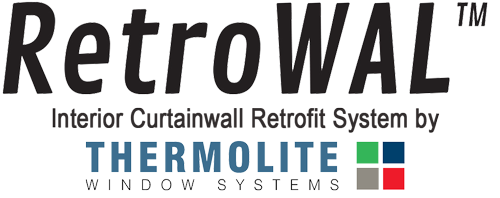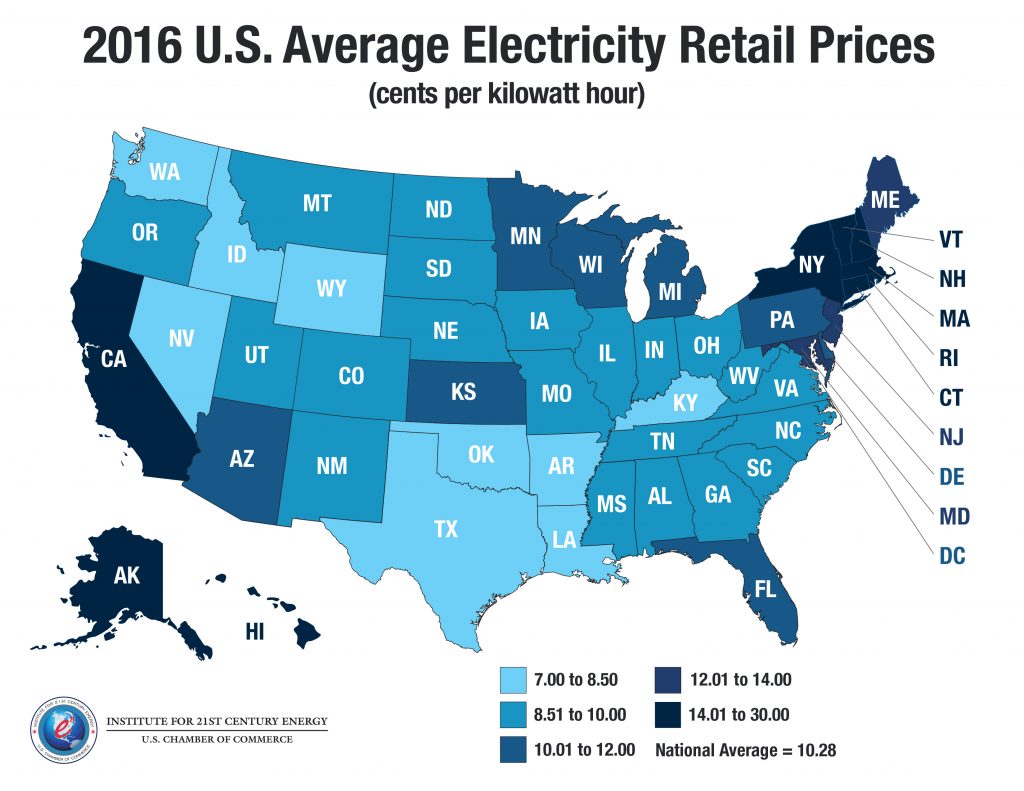One of the most important factors that contribute to economic growth in cities and states is quality of infrastructure. Defined as the basic physical and organizational structures and facilities needed for the operation of a community, infrastructure includes not only roads and bridges, but also communication, sewage, water and electrical systems.
Power infrastructure, in particular, is the backbone of a healthy economy. Without power, a city can’t function. Power infrastructure in the U.S. is made up of a complex network of utility plants, transformers and more than 600,000 miles of high-voltage power and transmission lines.
But the nation’s power system is becoming archaic. Today, metropolitan areas are forced to adapt to changing economic and environmental challenges including aging power grids, rising energy costs and growing concerns over greenhouse gases. To compensate, more emphasis is being placed on energy demand rather than energy supply – especially in the commercial sector.
According to the Department of Energy, buildings account for 40% of the total energy consumption in the U.S. Consequently, more and more building owners and managers are looking to modernize the entire way their facilities not only consume energy, but access it. This includes improvements in three key areas:
- Energy Efficiency – using less energy and reducing wasted energy
- Energy Reliability – assuring energy is efficiently distributed throughout your building
- Energy Redundancy – having multiple energy sources in case one fails
Of course, when it comes to upgrading a building’s energy performance, cost is an important factor. Not every building owner can afford to install a new boiler and chiller or reinsulate the entire building envelope. Fortunately, there is a much more cost-effective way to significantly improve the energy efficiency in commercial buildings.
Thermolite specializes in helping owners and managers reduce their energy waste by addressing the building envelope, which is a key source of a building’s energy loss. In fact, more energy is lost through a building’s windows than any other area – especially if the windows are single pane, the most commonly installed window type in buildings constructed in the 50s, 60s and 70s. These windows are notoriously inefficient in terms of air infiltration and solar heat gain, and end up costing building owners a fortune in wasted energy.
The Thermolite system is specifically designed to upgrade the windows in these buildings from single to triple pane at a fraction of the cost of traditional replacement windows. The Thermolite system installs quickly and easily on the interior of a building’s existing windows, creating an insulating dead air space. The existing glass stays in place, eliminating the costly need for scaffolding or intrusive downtime.
While the Thermolite window system can help virtually all buildings reduce energy use, facilities located in colder climates and in areas where energy costs are high typically enjoy the greatest benefits. The northeastern U.S., which happens to have some of the oldest power infrastructure in the country, also suffers from some of the highest electricity costs. As a result, buildings that have single pane windows and are located in New York City, Philadelphia, Boston, New Jersey or other East Coast cities are perfect candidates for an interior window retrofit.
Contact us today to learn more about how Thermolite window systems help commercial building owners and managers reduce energy use and cut utility costs. For more information including case studies about Thermolite’s interior window system, visit www.ThermoliteWindows.com.




